Lemon balm is a highly fragrant herb with lemony-scented leaves. It tastes delicious when made into an herbal tea and can be used fresh in salads and many different recipes.
In herbal medicine, lemon balm is prized for its relaxing effect that helps to relieve stress and brightens your mood. It is easy to grow in the garden or in containers and will even attract bees and other pollinators to your garden if allowed to flower in the summer and fall.
Here’s what you need to know about how to plant and grow lemon balm, including how to harvest it without killing your plants.
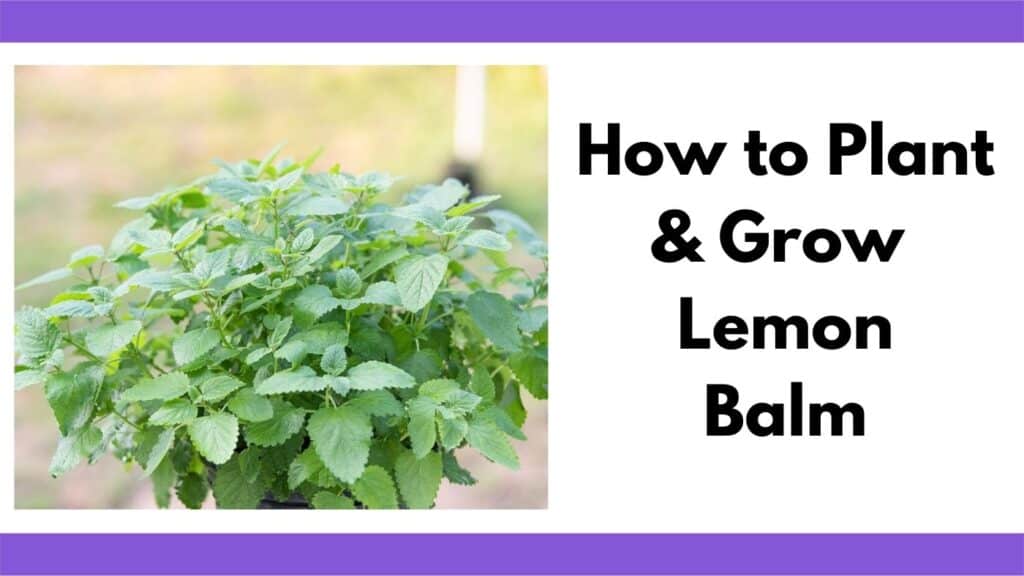
This post includes affiliate links, which means I may earn a commission on purchases made at no additional cost to you.
Table of Contents
All About Lemon Balm
Lemon balm (Melissa officinalis) is a member of the mint family. The serrated leaves it produces have a strong lemon flavor with just a hint of mint, while the flowers are tiny and white— hard to spot among the green leaves and stems.
Like other members of the mint family, lemon balm grows freely, which means you may end up with more of it than you want if you aren’t careful!
Lemon balm plants grow best in cool weather. Their growth will continue, but slow down drastically, during the heat of summer and speed up with cooler weather in the fall. On average, plants grow about 1-2’ tall and wide but can get up to 3’ in the right conditions.
Lemon balm is known for its stress-relieving properties. Like other members of the mint family, it can also soothe your digestion. (source)
According to renowned herbalist Rosalee de la Foret, Lemon balm can be made into a calming tea, infused into oil to make salves and lip balms, and tinctured in alcohol. She also recommends pairing it with meats, fish, and vegeagbltes in the kitchen.
A perennial, lemon balm is hardy down to USDA zone 5, and can survive the winter in zone 4 with a little extra mulch for protection. Plants will die back and return in the spring, except in mild areas where the leaves may stay green year round.
Even if your plants don’t make it through the winter, lemon balm reseeds very freely, so you’ll likely have new plants sprouting up in the spring.
Starting Lemon Balm from Seed
You can buy lemon balm plants from a local nursery, but they are also very easy to start from seed. They’re one of the easiest herbs to grow from seed, so don’t be deterred if you’ve had trouble starting herbs from seed before.
I typically do not purchase seeds at “big box” stores. These seeds usually aren’t as high quality as what you can find from speciality retailers, and there’s a high likelihood that they’ve been mishandled or stored poorly. Instead, I shop with smaller sellers I’ve grown to trust. Etsy is a surprisingly good place to find seeds.
Lemon Balm Seeds
Lemon balm all tends to be pretty similar. I've shopped with, and trust, all three sellers listed below. Sometimes they have sales or specials, so check each one to see what sales they have going on and if they stock other seeds you want.
Lemon Balm Organic
SouthernSeedExchange is one of my go-to seed sellers. They have frequent sales and always ship quickly. Their organic seed is top notch germinates well.
Lemon Balm Seeds Melissa Officinalis
TomorrowSeeds has a large catalogue that includes some interesting, harder to find varieties.
Lemon Balm Heirloom Herb Seeds
ZellajakeFarmGarden has a huge selection of seeds.
Seeds should be started fairly early, about 6-8 weeks before your last average frost date in the spring. Use a seed starting mix and add water to it until it is damp but not soggy. Fill a seeding tray with this mix, then sprinkle the tiny lemon balm seeds on top. Although sterile seed starting is “best” for starting seeds, I frequently use organic potting soil or organic compost.
Lemon balm seeds need light to germinate, so you should either barely cover them with a light layer of soil or gently press them into the soil without covering them at all. The seeds are super tiny – just pressing on them is usually sufficient. It’s easy to bury them too deeply if you add soil. The seeds shown below are from Southern Seed Exchange.
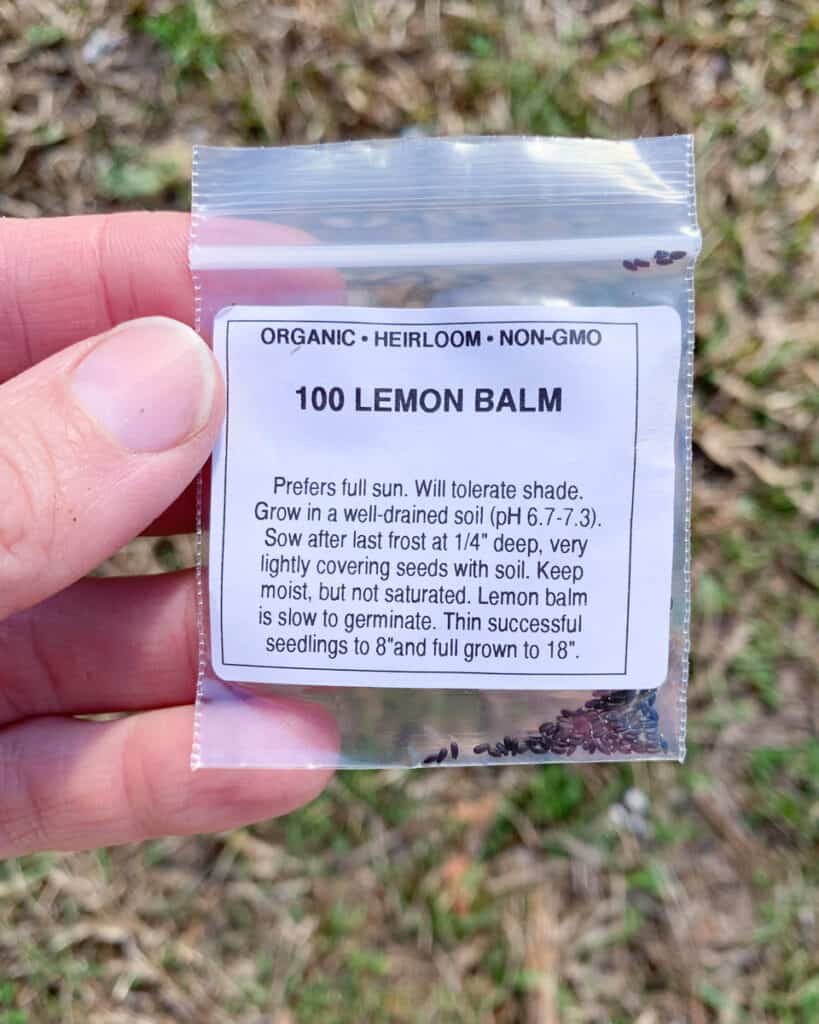
Water the seeds just often enough to keep the soil from drying out. Germination should happen in 10-14 days. Once your seedlings are up, provide them with plenty of light (preferably from grow lights) and thin as needed. They can go outside after the danger of frost has passed. Although the mature plant is hardy to frosts, the seedlings are not.
I use these inexpensive clip on grow lights for my seedlings:
You can also directly sow lemon balm seeds in the garden once temperatures are consistently 50°F or above.
Lemon balm can partner with mycorrhizal fungi. I recommend inoculating your plants when you transplant them. Mycorrhizal fungi improve the plant’s health and your soil’s health, too. Some benefits of mycorrhizal fungi include:
- Increased drought tolerance
- Increased pest and disease resistance
- Enhanced nutrient update
I have personally used both of the brands shown below in my garden. The MycoBliss option is a better value, Trifecta can also be used in hydroponics and usually ships a little more quickly.
Table could not be displayed.I’m currently conducting a test germinating a variety of plants, including lemon balm, in traditional “Jiffy” peat pellets and fungi-inoculated potting soil. Check back again later for the results!
If you decide to check out the essential oil planner linked above, you’ll be taken to a page on my printables blog. I don’t want you confused and wondering what happened to the gardening blog you were reading when you see the url!
How to Plant and Grow Lemon Balm
When and Where to Plant Lemon Blam
Whether you are planting seeds or seedlings, lemon balm should go outside only after the danger of frost has passed in the spring. Ideally, wait until the daytime temperature is at least 50°F before planting.
Lemon balm can be planted in a spot that gets full sun or partial shade. In areas with dry conditions or hot summers, partial shade is usually a better choice, particularly if you can shield your plants from the hot afternoon sun. In cooler areas, full sun is preferred.
The good news is that lemon balm isn’t overly picky about soil. However, it does prefer drier soil to soggy soil. You can also grow it in containers for good drainage and easy access.
Before planting, it’s always a good idea to mix some compost into your soil, especially if it’s on the heavy side. Compost and other organic materials help to improve drainage and also add nutrients that will feed your plants later.
I do not trust most commercial big box store compost or manure sold as compost. I’ve heard too many horror stories of plants killed by compost and manure contaminated by herbicides. I always use OMRI listed organic compost if I don’t have any of my own. Compost also acts as a buffer if your soil is overly acidic or alkaline.
Tips for Planting Lemon Balm
If you started your plants from seed indoors, be sure to harden them off before transplanting to your garden. This is a process of gradually getting them acclimated to outdoor conditions over a 1-2 week period. Discover how to prepare seedlings for transplanting in this post.
Start by taking the seedlings out on nice days, leaving them outside for longer each time. Put them somewhere sheltered at first (away from bright sun, wind, etc.) until they start adjusting to outdoor life. Work up to leaving them outside all night as long as no frost is in the forecast.
When your seedlings are ready to plant, they should be spaced 18-24” apart. A good tip is to plant them close to your house/kitchen for easy harvest. If your herbs are too far away from the kitchen, you’re less likely to use them.
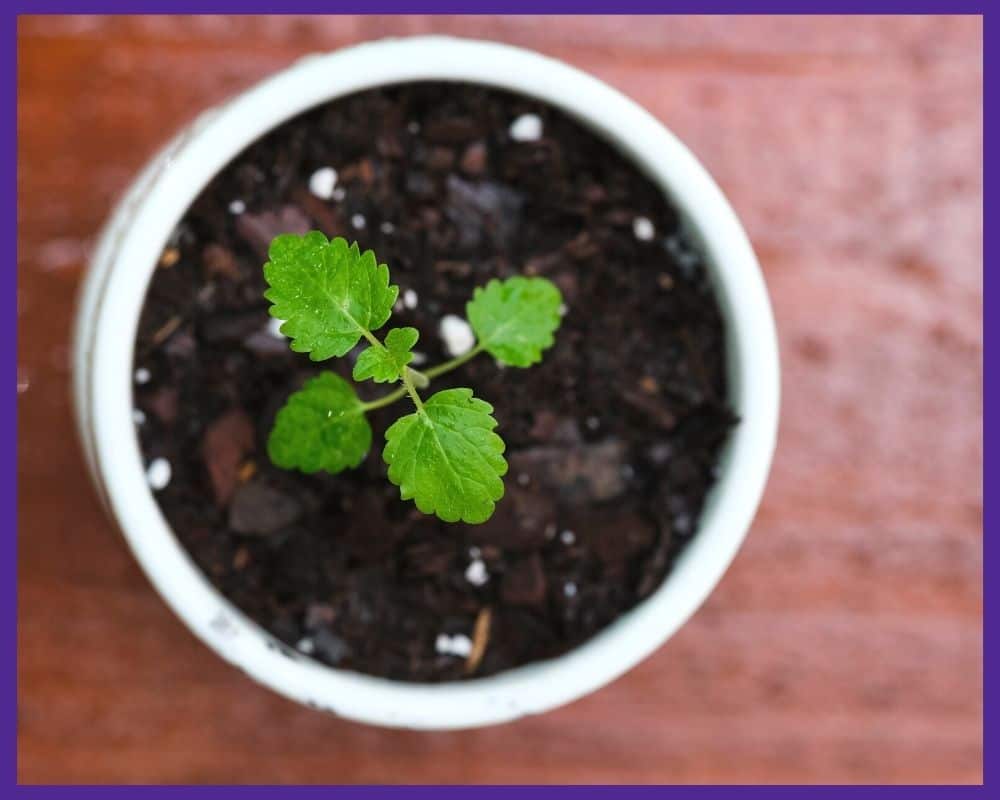
Can you Grow Lemon Balm in Containers?
Lemon balm grows very well in containers. You can put a single plant in a small container or several in medium to large pots.
Make sure your containers have drainage holes in the bottom (or drill your own). Fill them with a good quality potting soil that has been mixed with enough water to get it damp. Plant your seedlings so that the top of the root ball is just covered with soil. Do not put rocks at the bottom of your container. This is an old myth. Rocks in containers can cause waterlogged roots, not prevent them.
Avoid drilling holes by using a fabric grow bag. A plus is that they breathe, which helps prevent waterlogged soil that lemon balm dislikes. A three or two gallon grow bag should keep a lemon balm plant happy. I find one gallon too small, but five gallons a bit big for a single lemon balm plant.
The pots can be placed in a location that gets full sun to partial shade. Soil in containers does dry out more quickly than soil in the ground, so remember to check on it often and water as needed! Repot to a larger container, if needed. If your plant looks droopy and in need of water most afternoons, move it to a larger pot.
The plant below grew very large in a one gallon pot, but then started to wilt in the summer heat. I divided it and transplanted it into two new containers.
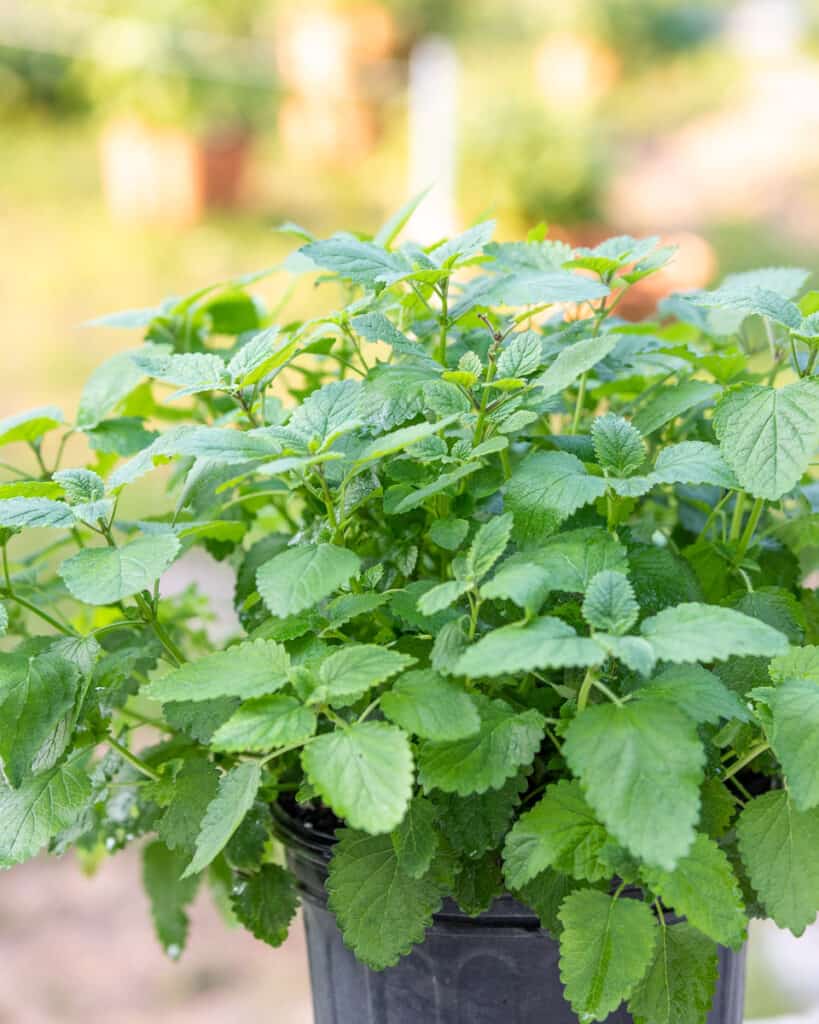
Lemon Balm Plant Care
Now that you know the basics of how to plant and grow lemon balm, the next step is to care for your plants throughout the growing season.
While your plants are still small, you’ll need to provide them with a regular supply of water. Once they get established, plants are relatively drought tolerant, but they will appreciate some water during long, dry periods (and the leaves will taste better, too).
Lemon balm doesn’t need anything “fancy” like mulch or fertilizer. If you are growing your plants as perennials, simply side dress them with compost or an all-purpose fertilizer every spring.
In areas with cold winters, a deep layer of mulch can help your lemon balm get through to spring. You can also dig up a few plants and bring them indoors for the winter.
Propagation & Keeping Lemon Balm in Check
Once you get lemon balm growing, it’s easy to propagate more plants for your garden or to give to friends.
A simple way to do this is by taking cuttings in the spring or fall. Select stems that look healthy and have no flowers. Cut off several inches of a growing tip, and remove the bottom half to two-thirds of the leaves.
Root the cuttings in a sterile growing medium and place them in indirect sunlight. Keep the soil from drying out, and new roots should form in about 3-4 weeks. You can dip the ends in Clonex, but, in my experience, lemon balm roots well without it.
Here’s an example of two small sprigs I cut to propagate:
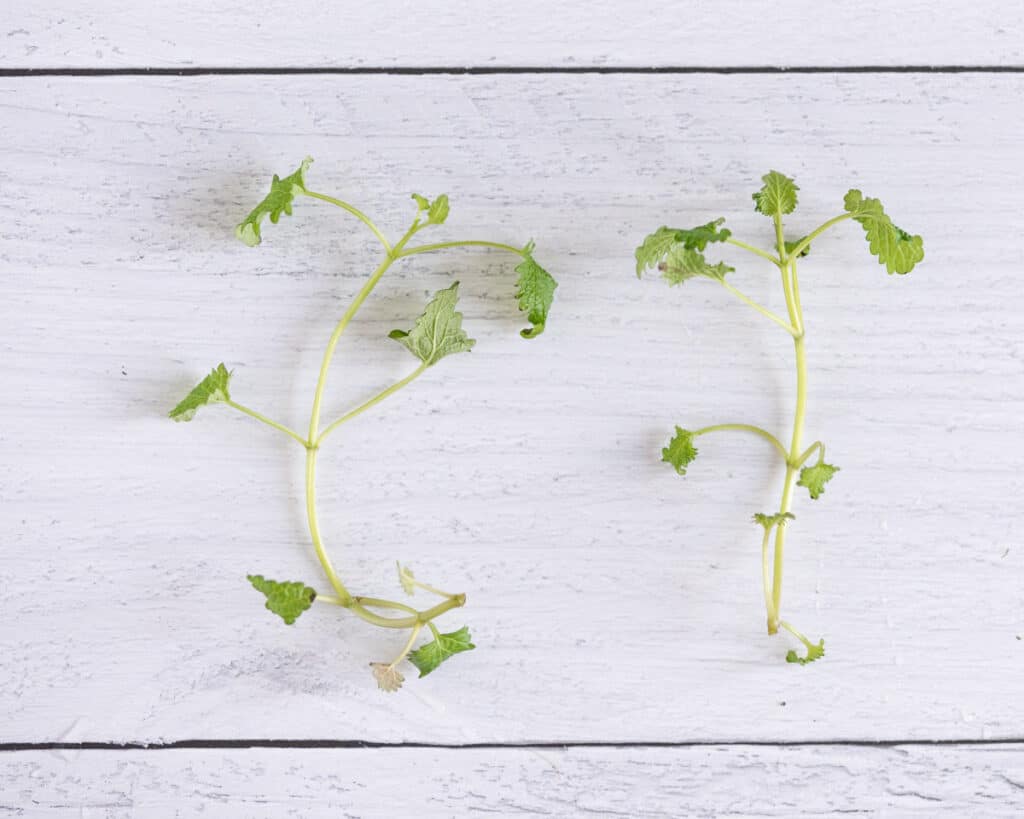
Then I removed all but the top-most leaves:
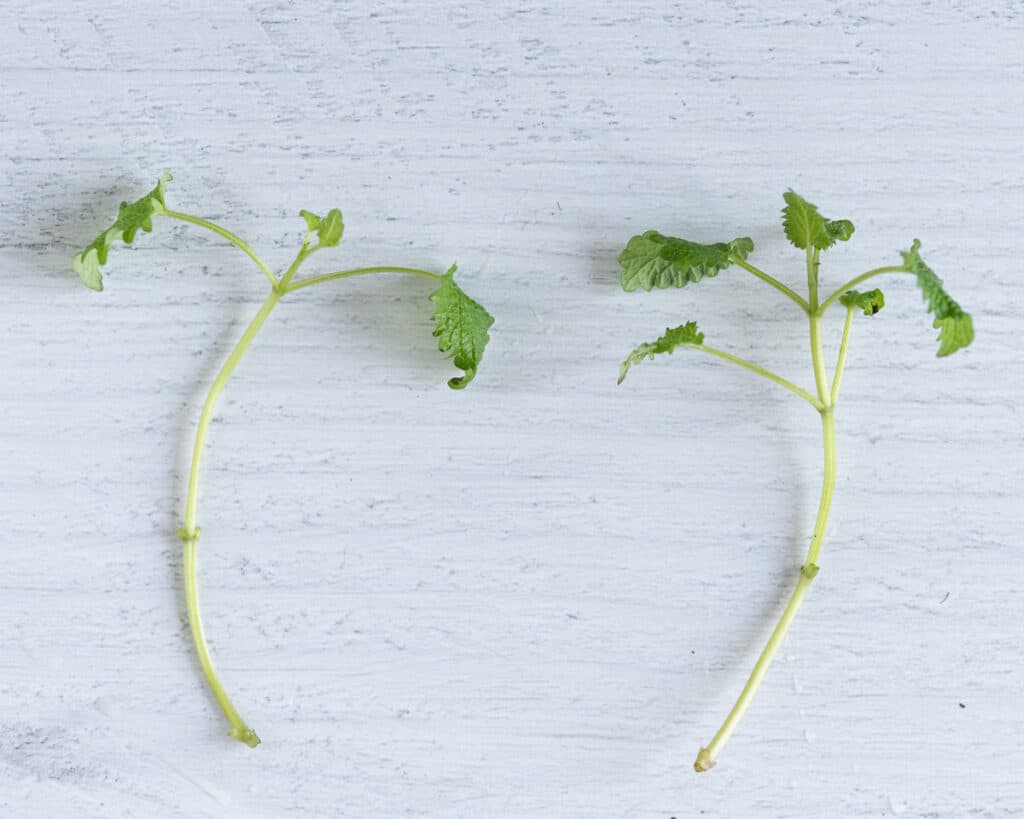
I put one in a Root Riot cube (I frequently grow lemon balm hydroponically):
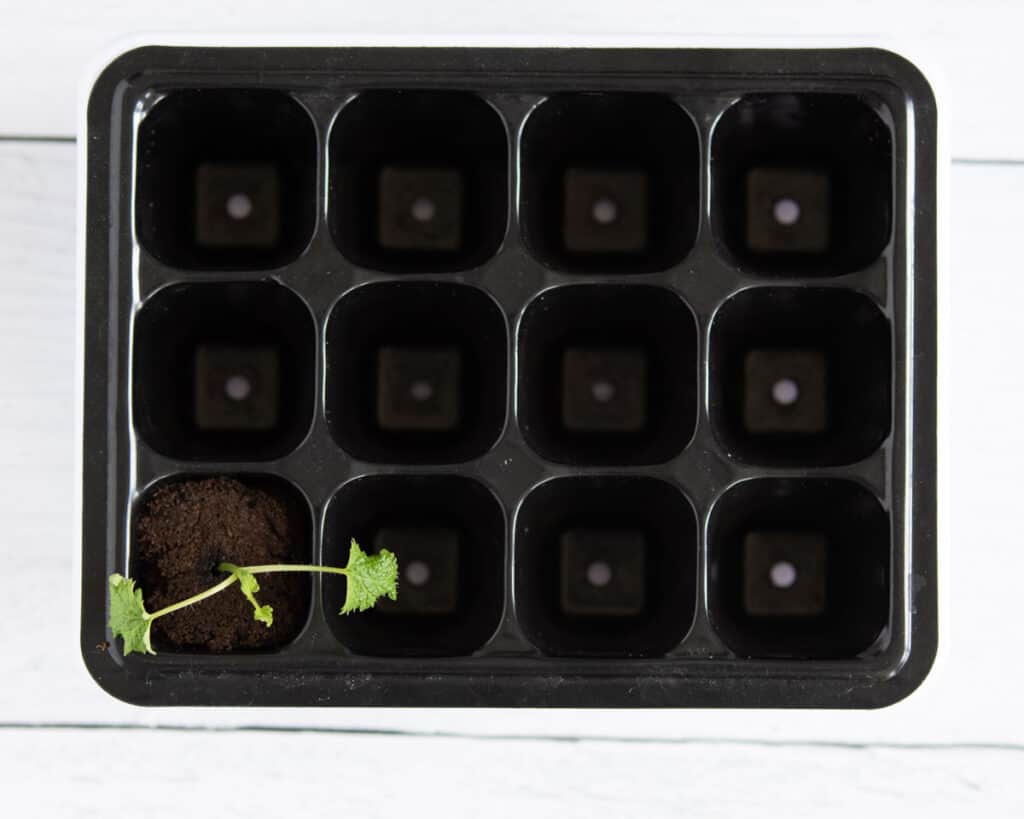
I stuck another cutting in a small cup of water:
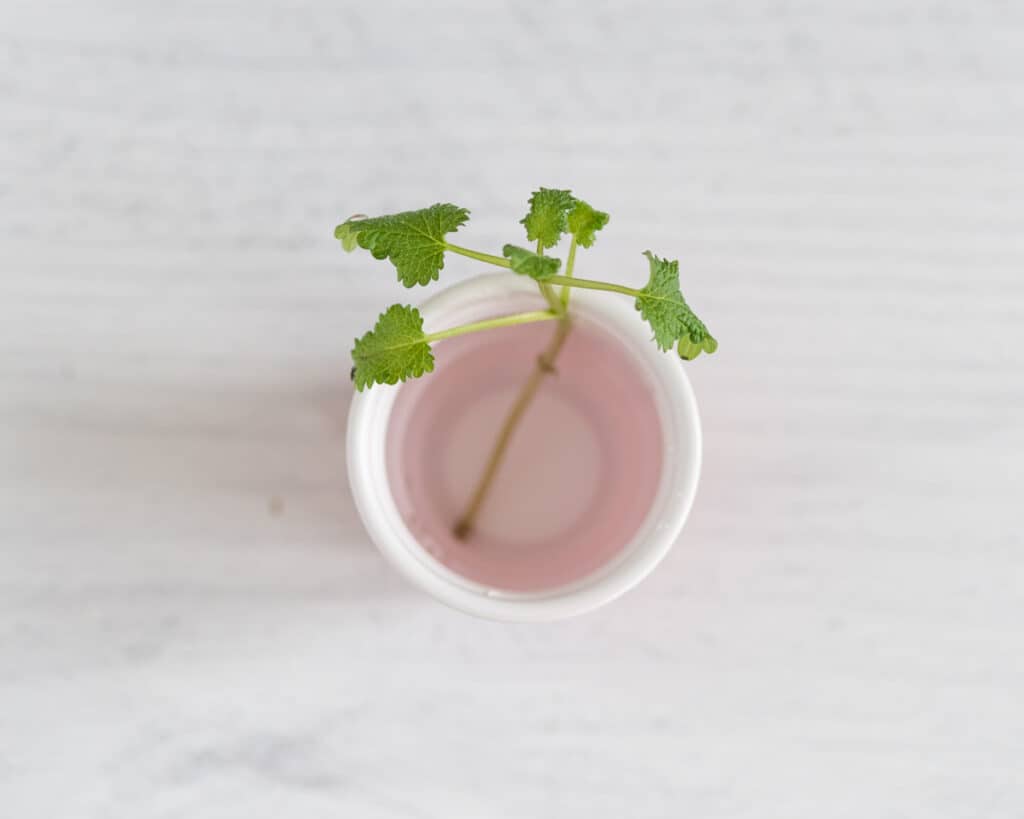
Both cuttings rooted quickly and well. Because lemon balm is a member of the mint family, it’s very easy to propogate.
Another way to propagate lemon balm is by digging up and dividing larger plants.
There’s a common misconception that lemon balm propagates wildly from runners like other mint species. If you have a patch of it, it may spread out slowly, but the main way lemon balm propagates is by seed.
If you want more lemon balm, you can allow plants to flower and drop seed. Then, simply dig up new seedlings in the spring and transplant them to a new location.
However, be aware that lemon balm can get out of control very quickly if it reseeds itself, and you may be weeding it out of the most unlikely places for years to come! To avoid this, either don’t allow plants to flower, or be sure to snip off the seed heads once the flowers fade.
Common Pests and Problems
Thankfully, lemon balm is generally a pest-free plant. In fact, you can interplant it with Brassicas like cabbage, kale, and broccoli to deter common cabbage-crop pests, and it makes a good companion plant for most garden vegetables and herbs. I have had Japanese beetles eat some leaves, but not nearly as many as on other plants.
The biggest problems you are likely to run into are fungal conditions and poor growth if you plant in soggy soil or lemon balm that spreads all over your garden. Plant in raised beds or containers to avoid the first issue, and keep your plants clipped back to avoid the second issue.
How to Harvest Lemon Balm
After you go through the work of learning how to plant and grow lemon balm, the reward is a fresh and tasty harvest.
You can start picking leaves from your plants once they get 6-8” tall. At first, you should take only a few leaves at a time so that your plants continue to have energy for growing. Either pinch off the leaves with your fingers or use a pair of garden clippers or scissors. I use my Fiskar’s Micro Snips.
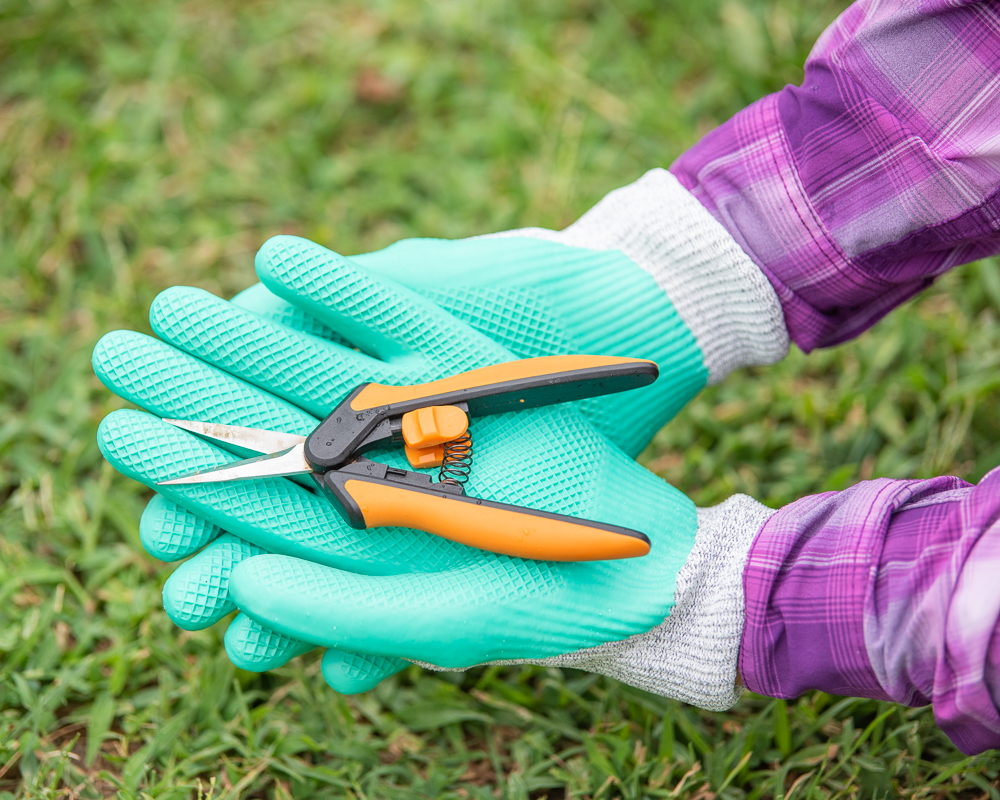
Once your plants are full size (1-2’ tall), you can harvest up to one-third of the plant at any time. Clip off stems of any length back to a node, where leaf stems meet the main stem. See the image below:
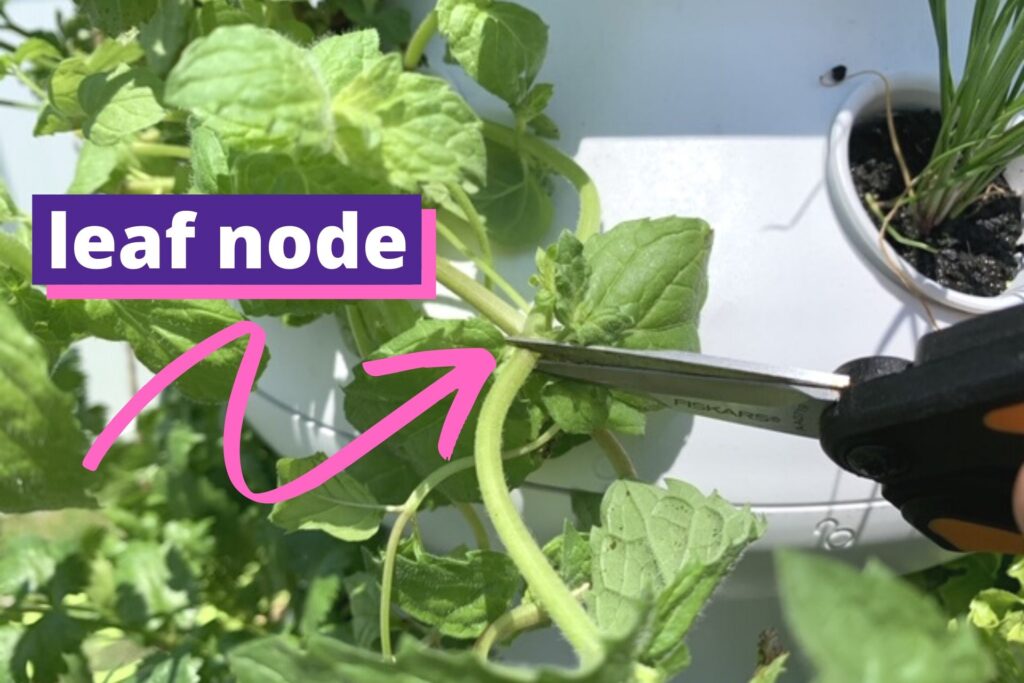
In general, lemon balm will benefit from frequent clipping. It stimulates new growth, helps your plants to bush out, and delays flowering. However, if you do a large harvest, be sure to give your plants a week or two to recover before harvesting again.
In midsummer when plants are looking a bit sad, cut them back by half and give them about 4 weeks to regrow. You should start seeing more leaf production as the weather cools.
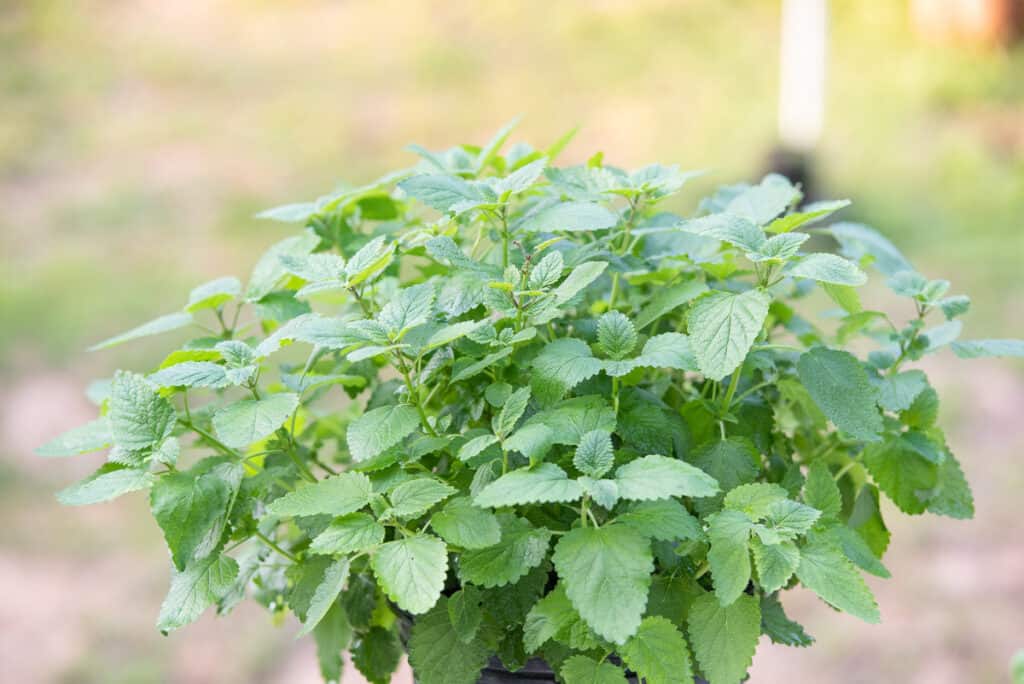
Storing and Using Lemon Balm
Lemon balm is one of those herbs that is best used fresh. You can use it to make herbal tea, sprinkle it over a salad or ice cream, or add it at the very end of the cooking process in both sweet and savory recipes.
If you have lots of extra lemon balm, you can dry it in a dehydrator on the lowest setting. It must be dried quickly to maintain its flavor and color but even so will be much less intense compared to the fresh version. According to Rosalee de la Foret, lemon balm retains its calming properties when dried, but it does lose its lemony flavor the longer its in storage.
If you’d prefer a less expensive stacking dehydrator, this Presto model is my top pick. The trays flip and nest so they don’t take up the entire cabinet.
Last summer, I upgraded to an Excalibur dehydrator and I love it. I use it to make yogurt every week! If you’re serious about dehydrating, you need an Excalibur.
Another option is to dig up a plant or take cuttings so that you have fresh lemon balm growing indoors all winter. You can enjoy its flavor during the winter months and plant it outdoors in the spring!
I hope you enjoy growing, and using, your own lemon balm. Be sure to check out these additional herb growing guides while you’re here on Together Time Family!
Herb Growing Guides
There are many herb growing guides here on Together Time Family.
Individual herbs all have their own light, soil, temperature, and water requirements. Discover what your favorite herbs need to thrive so you can enjoy a bountiful, healthy harvest.
Planting Herbs Together
Companion planting herbs can save you space and increase your yields - if you plant correct. Discover this guide to planting herbs together and basic requirements for many popular herbs.
How to Harvest Parsley (without killing the plant)
Discover how to harvest parsley without killing the plant and how to keep your parsley plant healthy and thriving.
How to Harvest Basil
One basil plant can provide you with bountiful harvests all season long if you know how to grow and harvest basil the correct way.
How to Plant and Grow Dill
Learn how to plant and grow will, plus tips for dealing with dill pest and problems.
How to Harvest Dill
Discover how to harvest and preserve your dill for delicious homemade pickles, fish dishes, and more.
How to Harvest Mint (and what to do with lots of mint)
Discover how to harvest mint and what to do with your abundant mint harvests.
How to Plant and Grow Cilantro
Cilantro is easy to plant and grow...if you plant it at the right time.
Natasha Garcia-Lopez is an avoid home-gardener and proud owner of 88 acres of land in rural West Virginia. She was a member of the Association for Living History Farms and Agricultural Museums for many years and is currently enrolled in the Oregon State University Master Gardner Short Course program so she can better assist you with your gardening questions.She holds a certificate in natural skincare from the School of Natural Skincare.


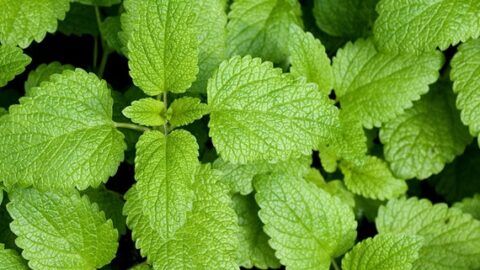

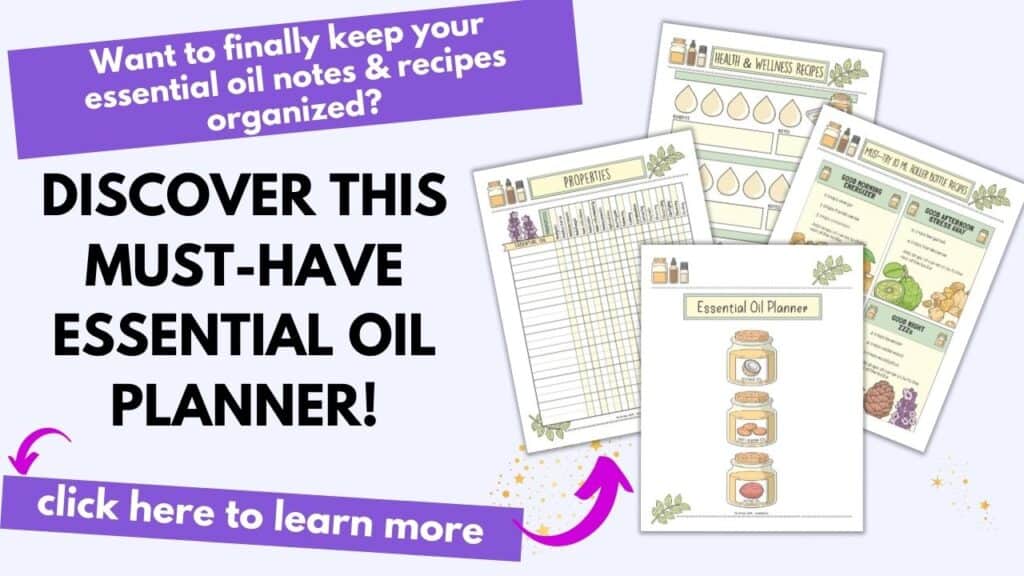
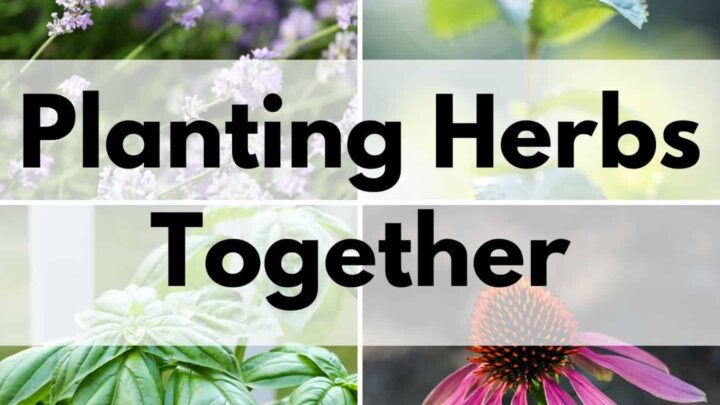
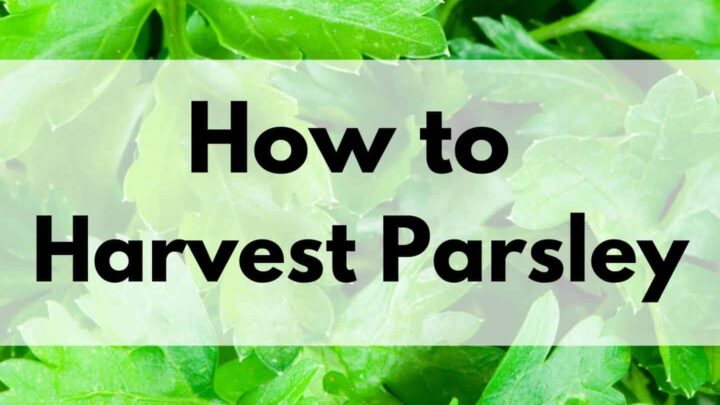
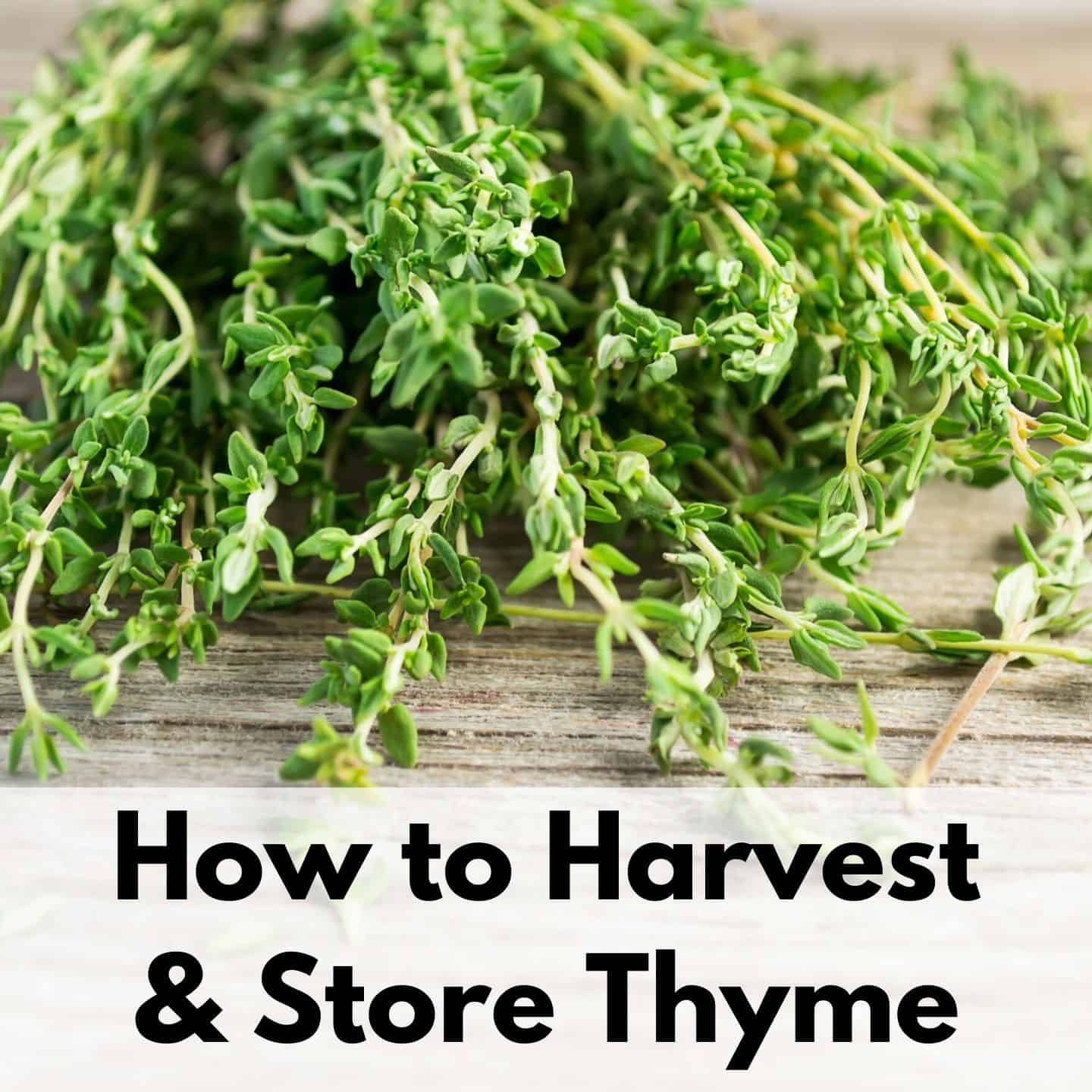
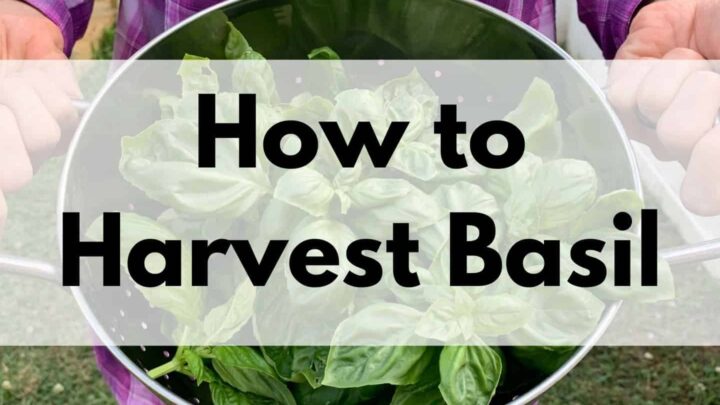
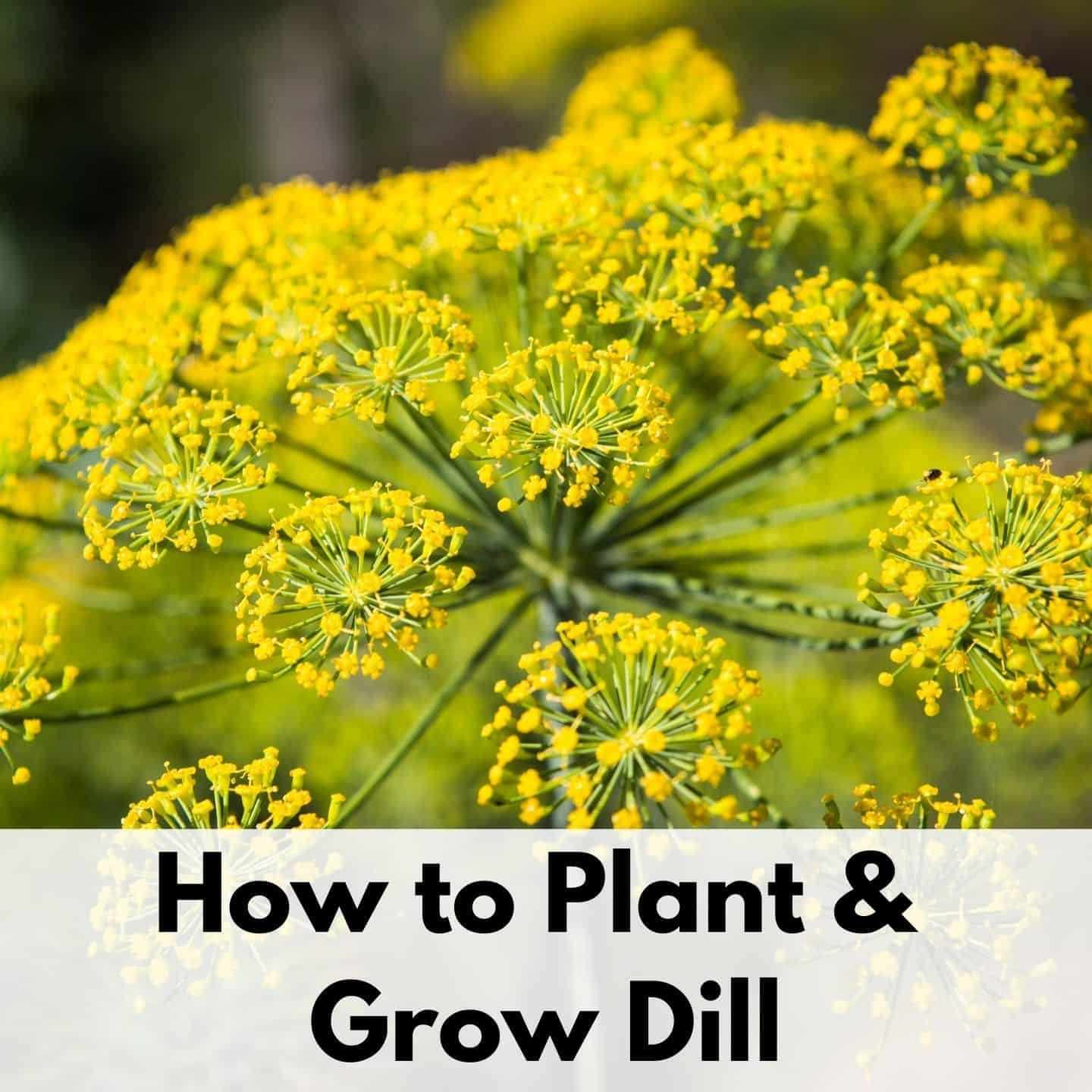
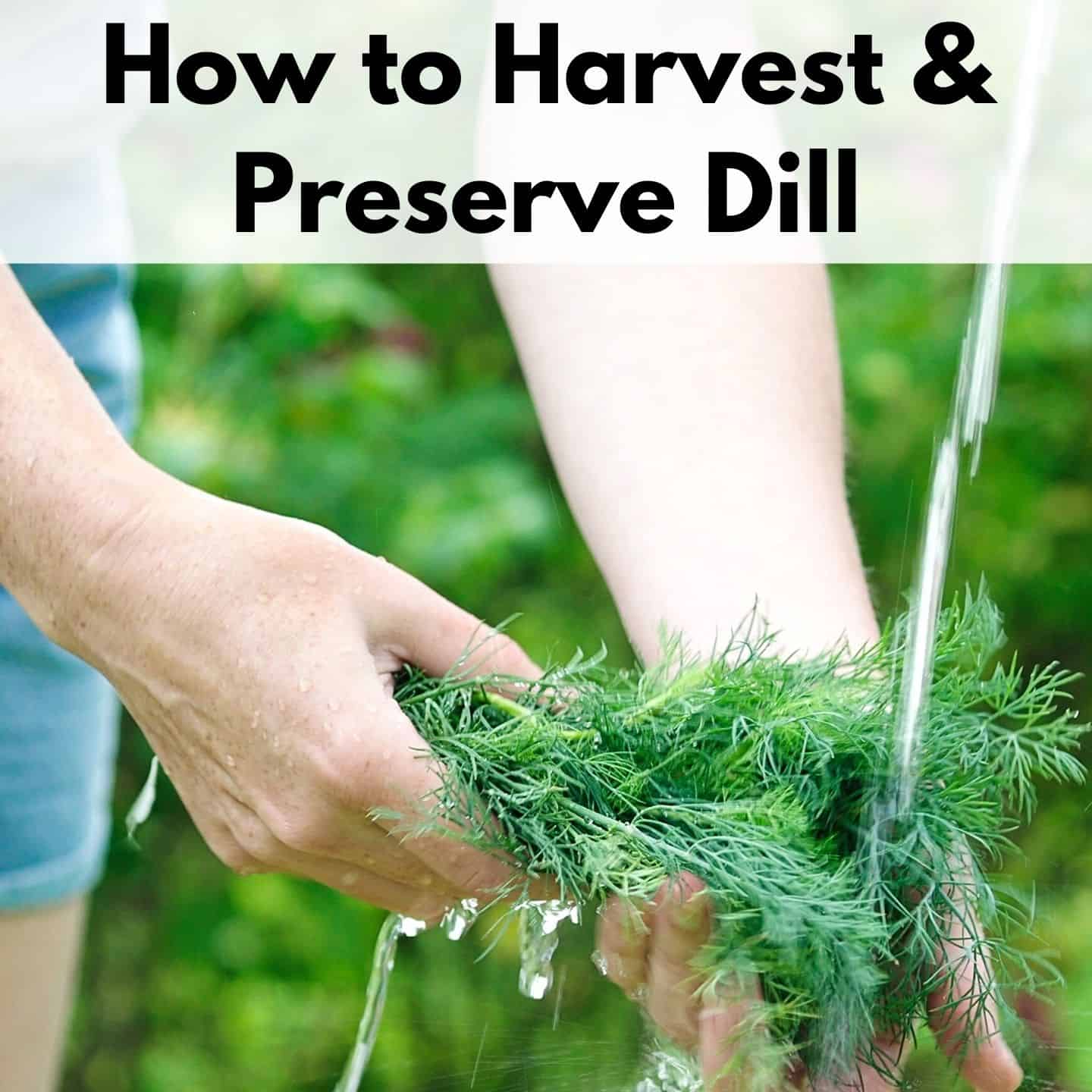
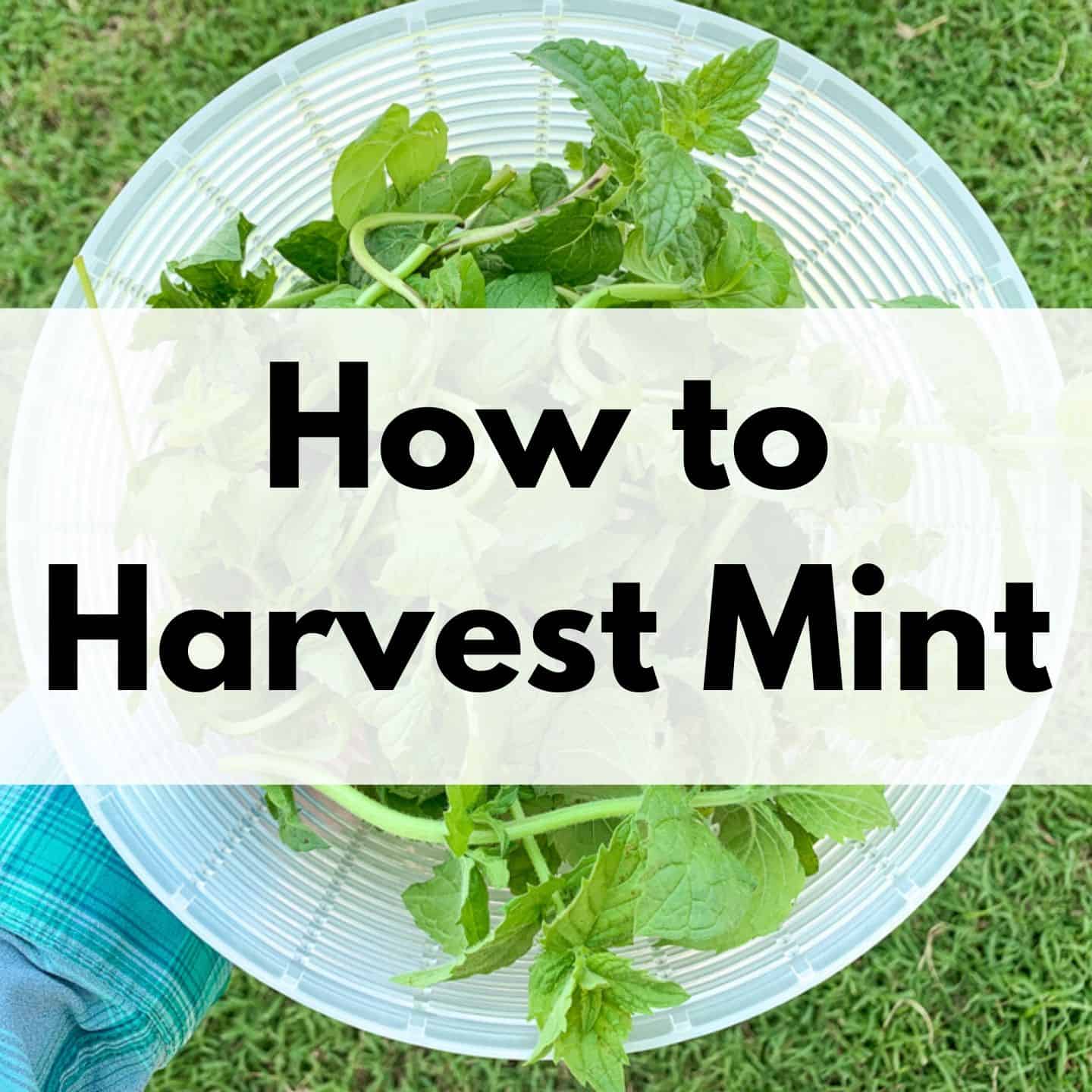
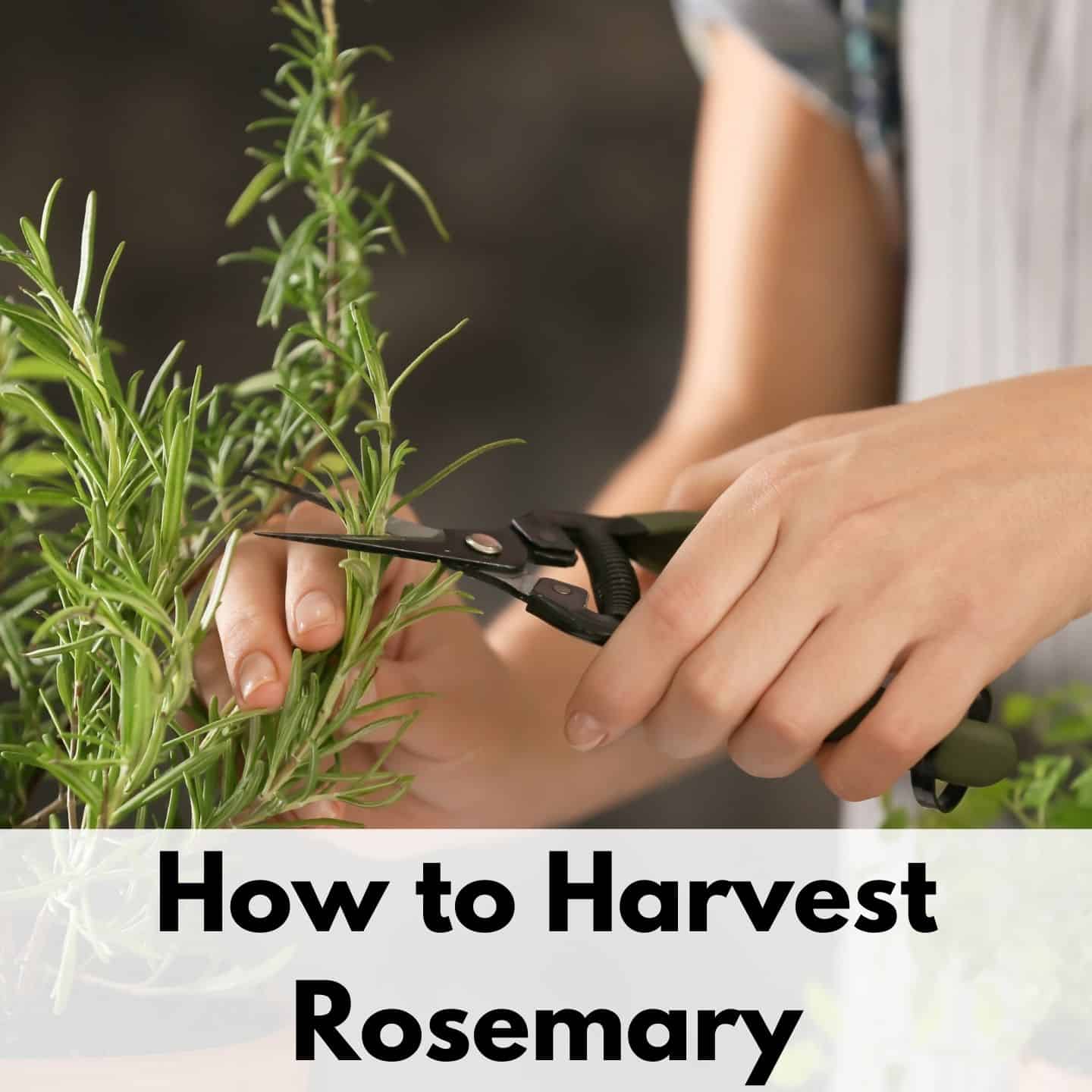
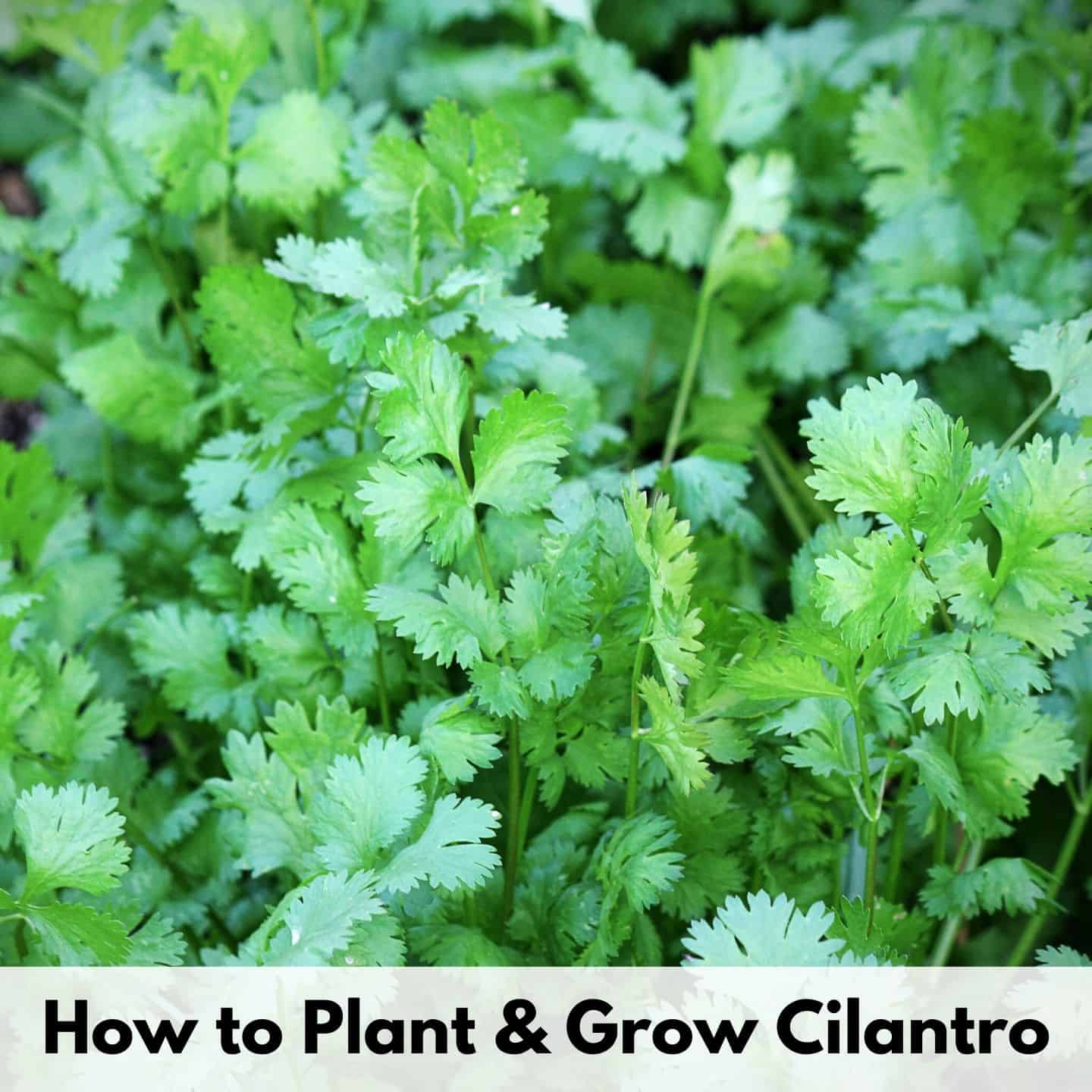

Leave a Reply